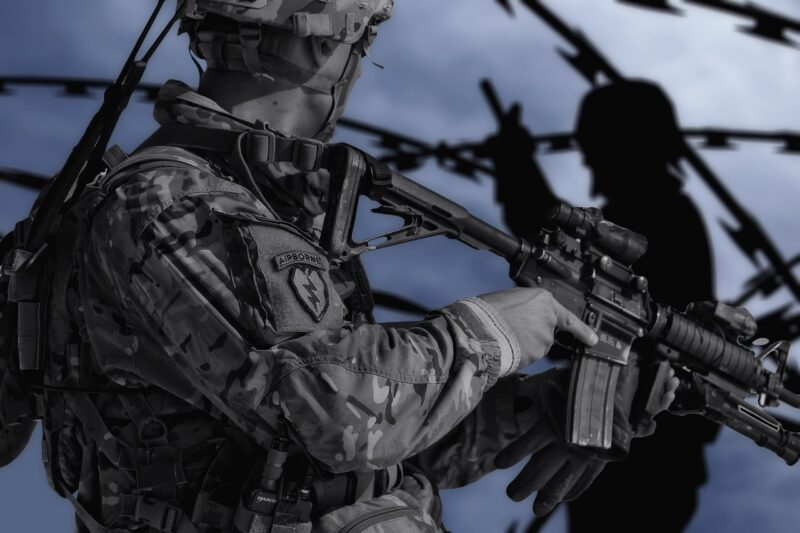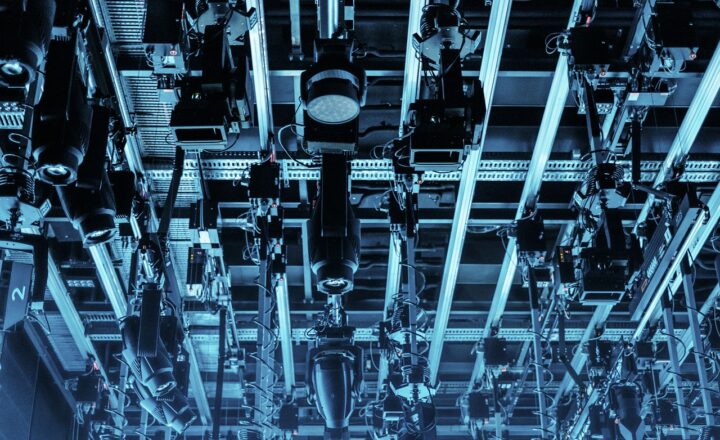Top 10 Powerful Weapons That Changed the Course of Modern Warfare
November 14, 2024

Warfare has evolved dramatically over the centuries, with technological advancements continually shaping the strategies and outcomes of conflicts. From the ancient battlefield to modern skirmishes, weapons have played a pivotal role in deciding the fate of nations. This article delves into the top 10 powerful weapons that have not only changed the course of modern warfare but also influenced geopolitical landscapes.
1. The Machine Gun: Revolutionizing Firepower
Machine guns emerged as game-changers during World War I, providing armies with unparalleled firepower. The Maxim gun, developed in the late 19th century, allowed a single operator to unleash a continuous stream of bullets at enemy forces.
The introduction of machine guns forced armies to re-evaluate combat strategies, leading to trench warfare as soldiers sought cover against this devastating firepower.
2. The Tank: Breaking the Stalemate
The advent of the tank during World War I represented a pivotal moment in combat. Tanks like the British Mark I could cross trenches and withstand small-arms fire, breaking the stalemate of trench warfare. Their ability to combine speed, armor, and firepower reshaped ground warfare, providing mobility that infantry lacked.
3. The Aircraft: Changing the Skies of Battle
Aerial combat emerged as a critical factor during both World Wars. The introduction of aircraft allowed for reconnaissance, bombing missions, and tactical support on an unprecedented scale. Notable aircraft like the Boeing B-17 Flying Fortress showcased strategic bombing capabilities that could obliterate enemy infrastructure from the skies.
4. The Atomic Bomb: A New Era of Warfare
The detonation of atomic bombs on Hiroshima and Nagasaki in 1945 marked the dawn of nuclear warfare, forever altering global power dynamics. Possession of nuclear weapons provided nations with a deterrent against large-scale conflicts, initiating a Cold War focused on nuclear strategy and proliferation.
5. The Submarine: Underwater Warfare
Submarines have played a significant role in naval warfare. The German U-boats during World War I and II transformed maritime strategy by enabling stealthy attacks on supply lines. Modern subs, with their advanced technology, like missile-launching capabilities, continue to influence naval power structures worldwide.
6. Drones: The New Age of Warfare
Unmanned Aerial Vehicles (UAVs) have revolutionized how wars are fought today. Drones like the MQ-1 Predator allow for surveillance and precise strikes without putting pilots in danger. The use of drones has raised ethical questions and debates about the future of warfare, ushering in a new era of combat.
7. The Assault Rifle: Versatile Infantry Weaponry
The introduction of the assault rifle, particularly the AK-47, changed infantry tactics forever. This weapon’s ability to switch between semi-automatic and fully automatic fire, combined with high magazine capacity, made it the preferred choice for soldiers in various conflicts. The AK-47, in particular, became a symbol of both liberation and violence worldwide.
8. Cyber Weapons: Warfare in the Digital Age
As the world becomes increasingly interconnected, cyber warfare represents a new frontier in military conflict. Cyber attacks can disrupt critical infrastructure, steal sensitive information, and influence public opinion. Nations are now investing heavily in cyber capabilities, recognizing that control of cyberspace is as crucial as traditional warfare.
9. The Sniper Rifle: Precision and Stealth
Sniper rifles like the Barrett M82 provide forces with the ability to engage targets from long distances accurately. This precision allows for psychological warfare, disrupts enemy movements, and can change the dynamics of ground engagements. The role of a sniper has changed the way conflicts are conducted, emphasizing skill and strategy over sheer numbers.
10. Chemical and Biological Weapons: Controversial and Devastating
Chemical weapons, such as mustard gas during World War I, and biological agents have had profound impacts on warfare. Their use raises significant ethical concerns, leading to international treaties prohibiting such weapons. Despite their devastating capabilities, their actual deployment is rare due to potential widespread consequences.
Conclusion: The Future of Warfare
The evolution of weaponry defines the course of modern warfare. Each weapon listed has changed not just battlefields but also the geopolitical landscapes of our world. As technology continues to advance, the full implications of these weapons on future conflicts remain to be seen. It is crucial for global leaders to engage in dialogues that prioritize peace and stability to mitigate the catastrophic consequences of warfare.
In a future where technology continues to shape warfare, understanding the past allows us to better navigate the complexities of global security today.








